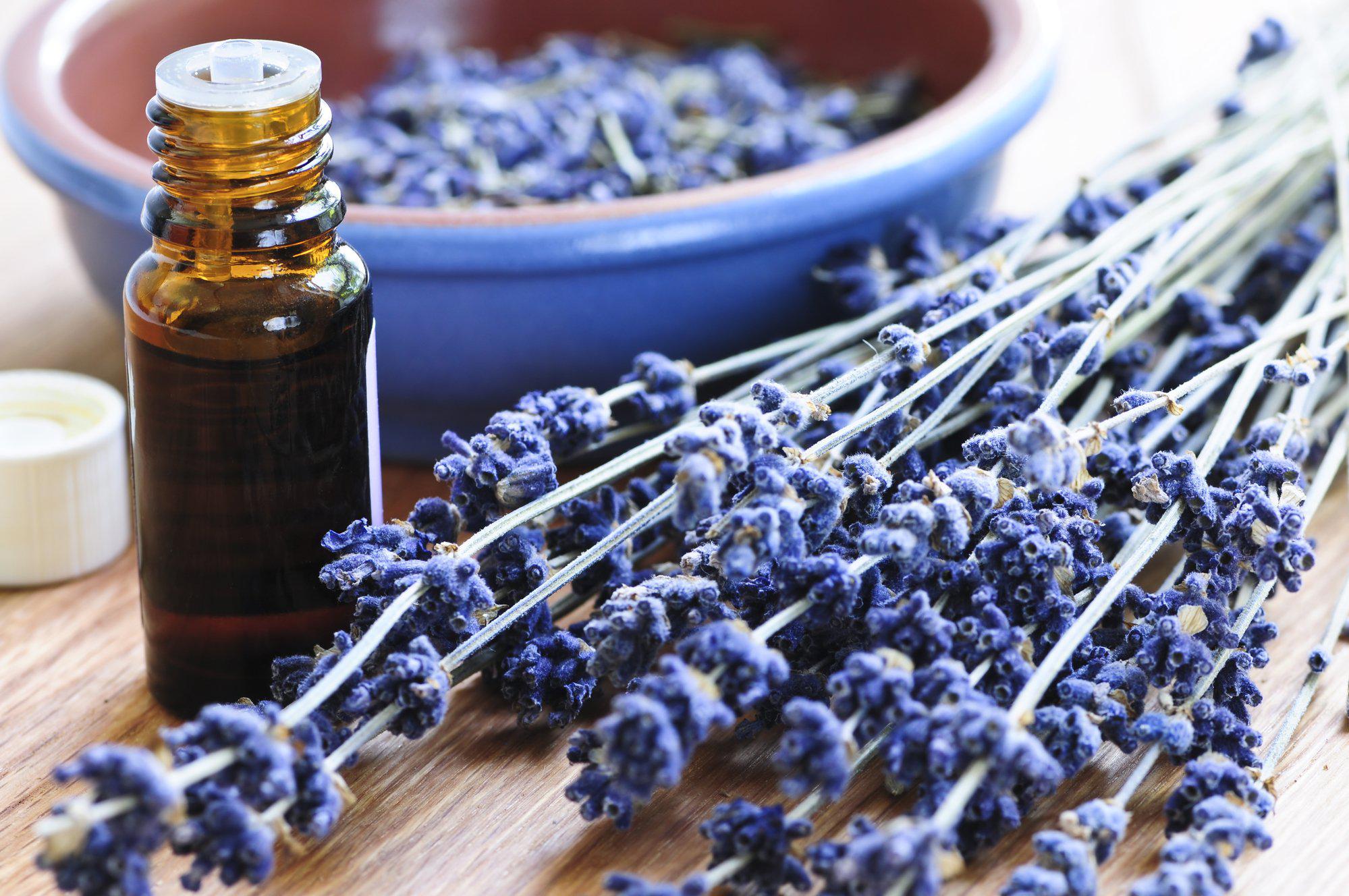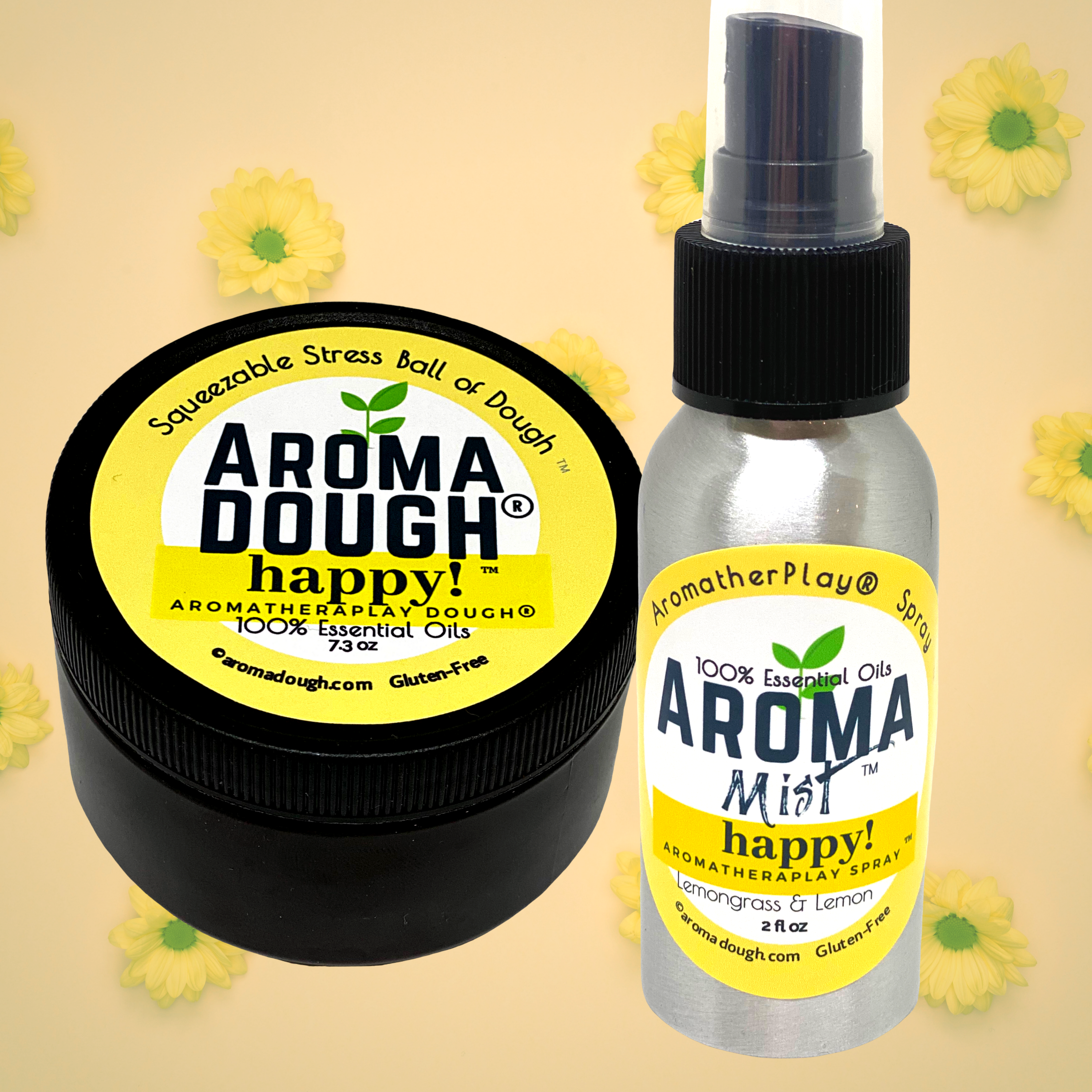
l0 Commentsl By by Diane Scott
The Essence of a Culture - Hand-harvested aromatherapy soothes the soul
One of the best-known regions for lavender, or other essential oils, is France. Among other reasons, France has one of the best altitudes and climates for growing lavender. Master distilleries look at this process as an art, passing down trade secrets, such as using copper tubing, from generation to generation. Like winemaking, harvesting plants for aromatherapy is a deeply prided art form found in the essence of culture.
A popular way harvesting can take place is by sickle. Harvesting by sickle is not industrialized, but rather done by hand. The process takes time and care as farmers painstakingly tend to the crop.
What is a sickle? A sickle is the curved-shaped blade attached to a long pole. You may have seen a sickle before. Farmers are often standing with one in paintings. On a darker note, when Death is personified, like in the movie Scream, he is usually holding a sickle. The benefit of using a sickle is the hand-crafted touch and an ethical way of practice. Harvesting by sickle is one step closer to nature.
Did you know that different parts of a plant may be used for different things? Roots are typically the only part of the plant that are not coveted for an essential oil. In fact, each part of the plant leads to a distinct purpose. Any part of the plant may release oils, but the most are found in the flowers.
Flowers are typically the higher part of the plant, and link to meditative qualities of the 7th chakra. The 7th chakra is the closest to the sky on our body, and the flower is the closest to the sky on a plant. Nature is reflected in the body in this way.
Essential oils from the bark, stem or stalk reflect that purpose. The stalk is used to support the plant. For someone with issues with connective tissue or skeletal support, aromatherapists might recommend essential oils made from the structural part of the plant. Applying the essential oil topically or through a carrier base can energize, strengthen, and tonify the body.
Next, root-derived essential oils are linked to the sacral chakra and, of course, the root chakra. Earthy, red-colored derived oils, such as cinnamon, may influence the root chakra. A plant has the supportive stem; the grounding roots; and the receptive leaves.
If this seems confusing, simply look to the color of the oil and match it to the chakra for support. Let nature inspire your practice.
Traditionally, lavender oil is steam distilled from the flowers. Flowers are harvested usually in September when the plant is in bloom. At this time of the year, the sun has grown the plant and the flowers are in full glory. If the harvest waits too long, by winter the flowers begin to wither. Harvesting plants is a complex practice that is influenced by climate, temperature, weather, and season. In all, aromatherapy alludes to the soil as well as the cultural traditions of a region.






